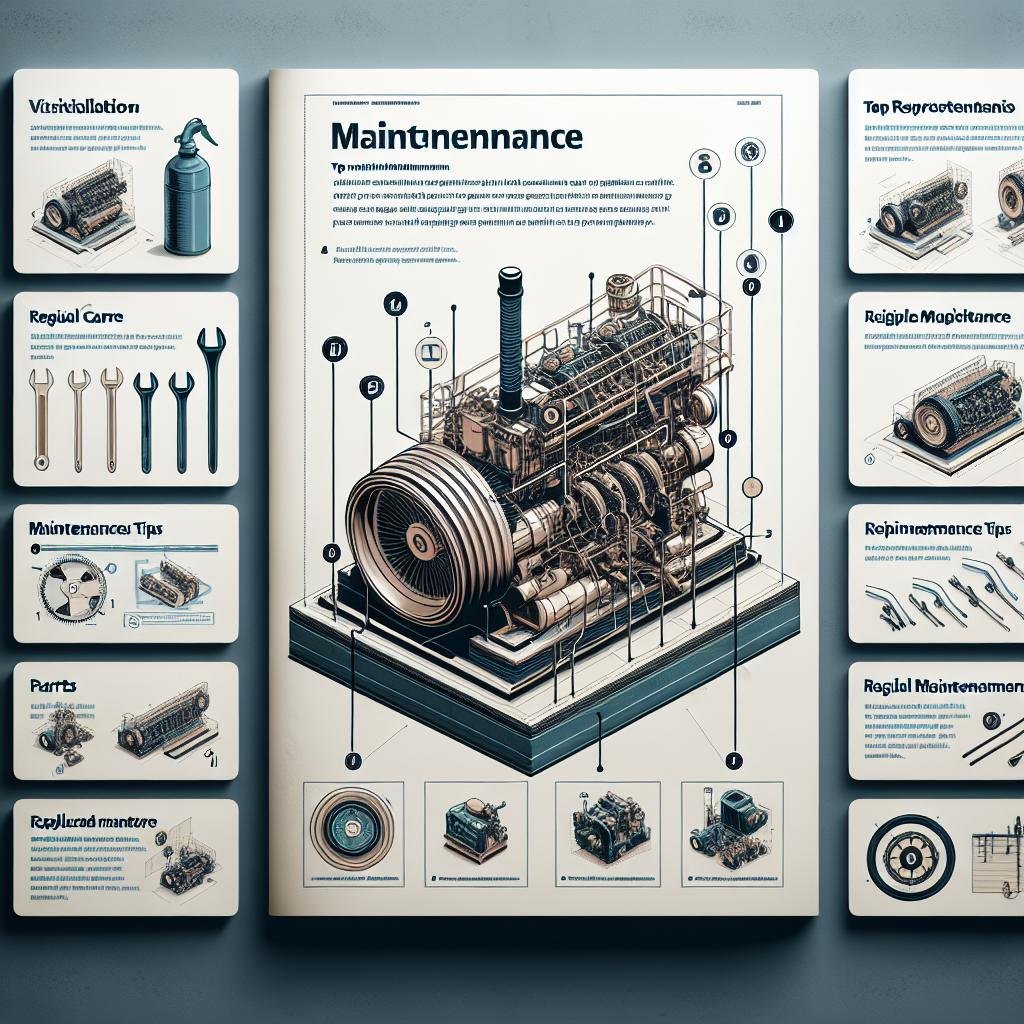In the modern architectural landscape, open plan office spaces have become synonymous with collaboration and creativity. However, these vast expanse designs often wrestle with a common challenge: maintaining a comfortable and consistent climate for all occupants. Enter the mini-split air conditioning system, an innovative solution that not only addresses temperature control but also promotes energy efficiency and individual comfort. This article delves into the intricacies of optimizing climate control in open plan environments using mini split AC units, exploring their benefits, installation considerations, and the positive impact they can have on workplace productivity and well-being. Join us as we uncover how a strategic approach to climate management can transform your office experience into one of comfort and harmony.
Enhancing Energy Efficiency with Mini Split AC Systems
One of the most significant advantages of mini split AC systems is their ability to improve energy consumption in open plan office environments. Unlike traditional HVAC systems that cool or heat the entire workspace, mini splits allow for zonal climate control, enabling businesses to regulate temperatures based on specific areas’ needs. This not only leads to increased comfort for employees but also translates to noticeable savings on energy bills. The systems operate with higher efficiency rates compared to conventional methods by only cooling the spaces that are occupied, which minimizes unnecessary energy expenditure.
Furthermore, mini splits provide flexibility that is crucial for dynamic office layouts. As organizations evolve and their workspace configurations change, mini split systems can be easily modified without the need for extensive ductwork. Here are some benefits that contribute to their efficacy:
- Quiet Operation: The indoor units function silently, allowing for a more productive environment.
- Easy Installation: Minimal invasive work is needed, making the installation process quick and less disruptive.
- Advanced Filtration: Many models come equipped with filters that improve air quality, reducing allergens in the workplace.
- Smart Technology: Integration with smart thermostats enables more precise temperature control.
| Feature | Benefit |
|---|---|
| Energy Efficiency Rating | Lower utility costs |
| Multi-Zone Capability | Targeted cooling/heating |
| Reversible Models | Year-round climate control |
| Remote Control | Convenient adjustments from anywhere |
Strategic Placement for Optimal Air Distribution
Choosing the right location for your mini split AC units is crucial for achieving balanced and efficient air distribution in open plan office environments. Placing units strategically can help eliminate hot or cold spots, enhancing the overall comfort for occupants. Consider the following essential factors:
- Zone Coverage: Position units near frequently occupied areas, such as workstations and meeting rooms, to maximize cooling effectiveness.
- Height and Angle: Install the units at an appropriate height to ensure optimal airflow, avoiding direct exposure to occupants while still allowing for widespread cooling.
- Obstructions: Assess the office layout for any barriers like tall furniture or partitions that could disrupt airflow, and adjust placement accordingly.
To help visualize the impact of placement, consider how different configurations can influence air circulation. Here’s a simple table illustrating examples of air distribution impacts based on unit positioning:
| Unit Position | Impact on Airflow |
|---|---|
| Corner Placement | Potential for uneven cooling; cold spots may form in rooms. |
| Center Placement | Maximizes airflow and coverage; ideal for large open areas. |
| Near Windows | Helps combat heat gain during sunny days but requires careful energy management. |
By thoughtfully considering these aspects, you can ensure that your mini split AC system not only fits seamlessly into the design of your office but also keeps employees cool and comfortable, fostering productivity and well-being.

Tailoring Temperature Zones for Comfort and Productivity
Creating tailored temperature zones within an open plan office is essential for maintaining employee comfort and enhancing productivity. With the implementation of mini split AC systems, facilities can easily manage diverse temperature preferences across various areas. This adaptability allows for specific zones to be set at different temperatures, catering to the unique needs of teams working on projects that require focus, collaboration, or relaxation. Key features that contribute to successful temperature zoning include:
- Individual Control: Each mini split unit can be adjusted independently, allowing employees to fine-tune their immediate environment.
- Smart Scheduling: Programmable settings enable the optimization of temperatures based on occupancy patterns, ensuring comfort when most needed.
- Energy Efficiency: Targeted cooling in specific areas reduces overall energy consumption, creating a sustainable workspace.
To effectively implement this strategy, an office layout can be effectively analyzed and designed with mini split AC units strategically positioned throughout the space. Consider the following criteria when determining optimal placements:
| Zone Type | Recommended Temperature | Suggested Units |
|---|---|---|
| Quiet Zones | 22-24°C | Wall-mounted units |
| Collaboration Areas | 24-26°C | Ceiling-mounted units |
| Break Rooms | 20-22°C | Portable units |
By implementing such zoning strategies, companies can create a more comfortable and inviting atmosphere that fosters collaboration and innovation, ultimately driving overall productivity within the workplace.

Maintenance Tips for Long-lasting Performance
To ensure your mini split AC units deliver optimal performance over the long term, regular maintenance is essential. Begin with routine filter cleaning or replacement, as clogged filters can restrict airflow and decrease efficiency. Inspect the outdoor unit for any debris accumulation; leaves, dirt, and other obstructions can negatively impact the unit’s ability to dissipate heat. Additionally, monitor the drain line for blockages, which can prevent proper moisture removal and lead to water leaks. Investing in professional maintenance annually can also identify potential issues before they escalate into costly repairs.
Educating your staff on user best practices can significantly contribute to the longevity of your mini split systems. Encourage them to adjust temperature settings judiciously, opting for moderate cooling to balance comfort and efficiency. Utilize zoning capabilities effectively, ensuring that unoccupied areas do not receive excessive cooling. Consider creating a simple maintenance checklist for your facility personnel to regularly review system performance and environmental conditions. This proactive approach will not only prolong the lifespan of your AC units but also enhance the overall climate control experience in open plan office spaces.
Q&A
Q&A: Optimizing Climate Control in Open Plan Office Spaces with Mini Split AC
Q: What is a mini split AC system and how does it differ from traditional HVAC systems?
A: A mini split AC system is a flexible and efficient air conditioning solution that consists of an indoor unit and an outdoor compressor. Unlike traditional HVAC systems that rely on ductwork to distribute air, mini splits are ductless, allowing you to direct cooled air precisely where it’s needed. This means you can customize climate control in specific areas of an open plan office without affecting the entire space.
Q: Why is climate control especially important in open plan office environments?
A: In open plan offices, employees can have varying temperature preferences due to their individual comfort levels and the heat generated by equipment and colleagues. A uniform temperature can lead to discomfort for some, resulting in decreased productivity. Effective climate control ensures that everyone can work comfortably, fostering a more pleasant and efficient workspace.
Q: How can mini split AC systems enhance energy efficiency in office spaces?
A: Mini split AC systems excel in energy efficiency because they allow for zoned cooling. You can tailor the cooling output according to the occupancy of each zone. For instance, areas with higher traffic or more heat-generating equipment can be cooled more intensely, while less frequently used spaces can be set to a higher temperature. This smart approach minimizes energy waste, ultimately leading to cost savings on utility bills.
Q: Are there any specific installation considerations when using mini split AC in an open plan office?
A: Yes, there are several factors to consider. The layout of the office, the number of indoor units needed, and the placement of the outdoor unit all play a role in effective installation. It’s crucial to make sure that the indoor units can evenly distribute air without causing drafts or creating hotspots. Working with a professional installer will help ensure that the system is tailored to your office’s unique needs.
Q: Can mini split AC systems help with indoor air quality?
A: Absolutely! Many mini split systems come with built-in air filtration, which can help reduce dust, allergens, and other particulates circulating in the office. Improved air quality can lead to enhanced employee health and well-being, which is especially important in environments where people are sharing airspace.
Q: What maintenance is required for mini split systems in an office setting?
A: Regular maintenance is key to ensuring optimal performance. This includes cleaning or replacing air filters every few months, checking refrigerant levels, and having the outdoor unit inspected for any debris or blockages. Scheduling annual professional maintenance can help identify potential issues before they become major problems, keeping your mini split system running smoothly.
Q: What are some tips for maximizing the effectiveness of mini split AC systems in an open office?
A: To maximize effectiveness, encourage the use of blinds or curtains to prevent heat gain from the sun, use fans strategically to improve air circulation, and create personalized micro-climates with portable fans or heaters if needed. Additionally, creating designated hot and cold zones based on the office layout can help streamline comfort.
Q: How do employees typically respond to the implementation of mini split AC systems?
A: Generally, employees tend to respond positively to mini split AC systems. The ability to customize their environment makes them feel more in control of their comfort, leading to increased satisfaction and productivity. Feedback often includes appreciation for the improved climate, as well as for the quiet operation of many mini split models compared to traditional units.
Q: What is the long-term impact of optimizing climate control in open plan offices with mini split AC?
A: Over the long term, optimizing climate control with mini split AC systems can lead to reduced energy costs, improved employee satisfaction, and decreased absenteeism due to better air quality. By investing in a tailored solution that fits the unique needs of the workspace, businesses can foster a healthier, more productive culture while simultaneously addressing environmental concerns.
In Summary
As we navigate the evolving landscape of workplace environments, the significance of comfort and efficiency in open plan office spaces cannot be overstated. The versatility and precision of mini split air conditioning systems offer a transformative approach to optimizing climate control, ensuring that employees can thrive in an atmosphere that addresses their diverse needs. By embracing these innovative solutions, organizations not only enhance productivity but also promote well-being and sustainability. As we move forward, the integration of smart climate control systems will play a pivotal role in shaping the future of workspaces, creating an environment where creativity and collaboration flourish. Ultimately, investing in the right climate control technology is not just about cooling the air; it’s about fostering a culture of comfort that empowers every individual to perform at their best.

